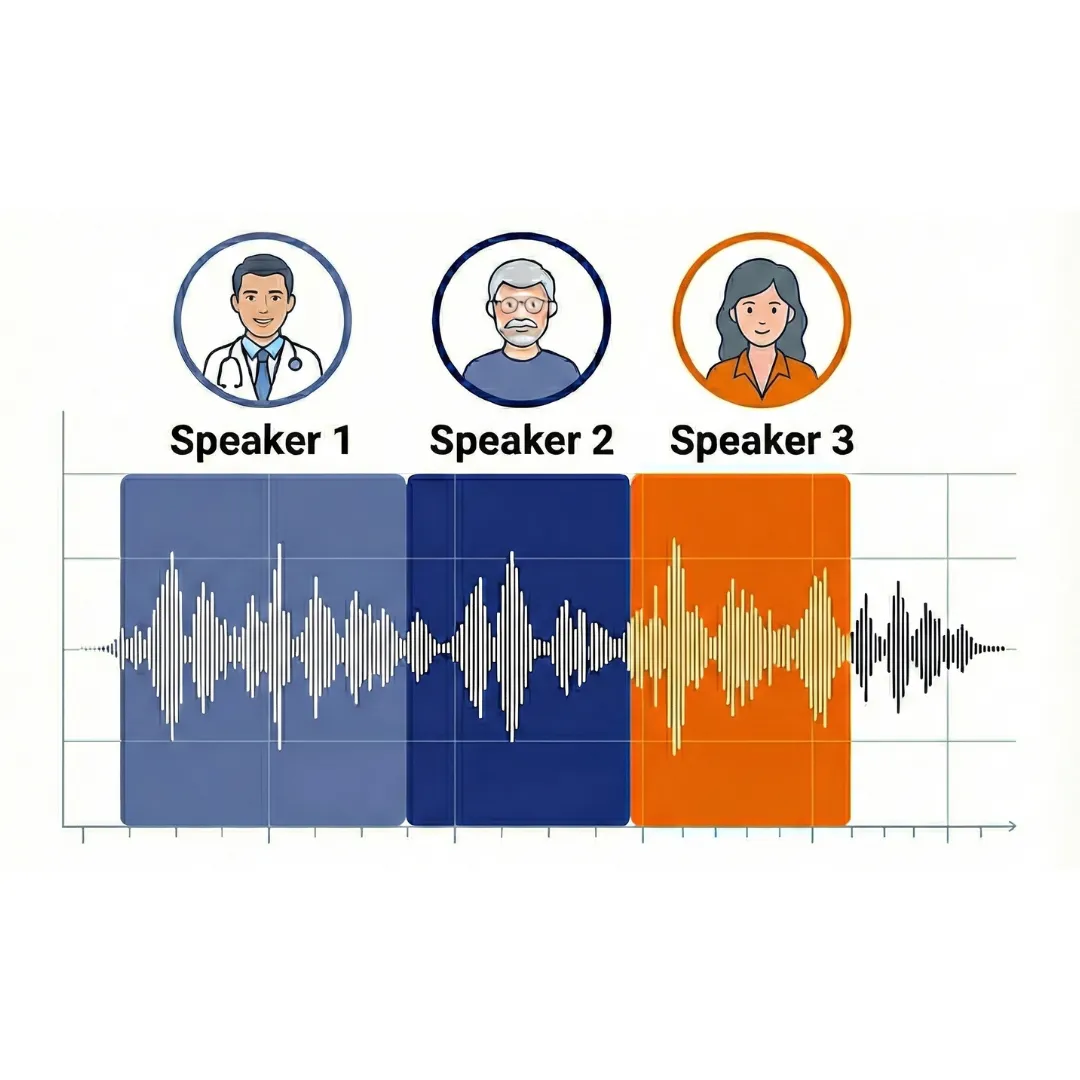Introduction
As generative AI continues to integrate into healthcare, understanding its inherent biases becomes critical for every user. While these biases originate from the data and systems beneath the technology, there are practical steps that healthcare professionals can take to mitigate their impact. This guide explores common types of AI bias and offers actionable advice to ensure that the technology is used responsibly and effectively.
Common Types of Bias in Generative AI
1. Anchoring Bias When interacting with AI, the language you choose can significantly affect the responses you receive. For example, inputting "remedy" might yield less scientifically valid suggestions than "treatment." Similarly, documenting a patient as “crazy” rather than “exhibited erratic behavior” could lead to less medically appropriate AI responses. Being mindful of the words used in queries can help reduce this form of bias.
2. Generalization Bias AI systems can struggle with rare conditions or underrepresented demographics due to insufficient data. When querying AI about less common diseases or patient groups, it's important to critically evaluate the relevance and accuracy of AI responses, understanding that the system may not have comprehensive data to draw from.
3. Statistical (Stereotyping) Bias AI might produce outputs that inadvertently stereotype groups, such as associating certain health conditions with specific ethnicities. When using AI, actively question such correlations and consider the broader context of the patient's condition and history, rather than relying solely on AI-generated stereotypes.
4. Data (Socioeconomic) Bias Training data for AI often mirrors the existing biases in healthcare data collection, which can disproportionately affect marginalized communities. For example, AI models have been found less likely to recommend necessary medications to patients described as homeless. When AI provides a recommendation, consider whether the decision is representative of what is best for that patient, and adjust your queries or follow-up questions accordingly.
5. Automation Bias Reliance on AI can also lead to automation bias, where users trust AI decisions without sufficient scrutiny. Even if AI provides correct solutions most of the time, the occasional critical error can have dire consequences, particularly in healthcare settings. Always maintain a critical eye towards AI recommendations and cross-check with established medical guidelines and your professional judgment.
Strategies for End Users to Mitigate AI Bias
• Precision in Language: Use specific, clinically appropriate terminology in your queries to guide AI towards more accurate and relevant responses.
• Critical Evaluation: Always review AI-generated information critically. Look for signs of generalization or stereotyping that might not apply to a specific patient or situation.
• Cross-Verification: Use AI as a tool to supplement, not replace, your expertise. Cross-verify AI suggestions with other medical resources or consult with colleagues to ensure comprehensive patient care.
• Patient-Centric Queries: Adapt your questions to reflect individual patient circumstances, particularly when dealing with AI's potential socioeconomic biases. Make sure your AI queries consider the unique context of each patient.
• Awareness of Limitations: Educate yourself and remain aware of the potential biases and limitations of the AI tools at your disposal. This knowledge will allow you to better navigate and utilize AI in your daily practice.
Conclusion
While the vast majority of healthcare professionals may not control the foundational aspects of AI models, understanding and mitigating bias at the point of use is crucial. By employing careful language, critically assessing outputs, and maintaining an informed and vigilant approach, healthcare professionals can enhance the utility of AI, making it a safer and more effective tool in their practice. Together, these strategies empower users to counteract biases and leverage AI to improve healthcare outcomes responsibly.




.png)
.png)